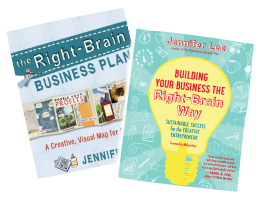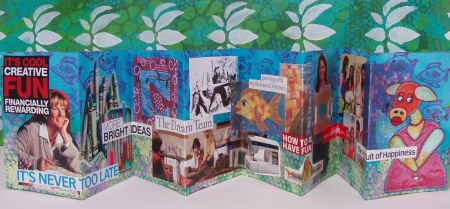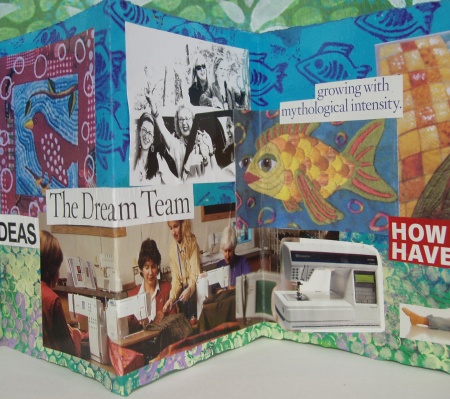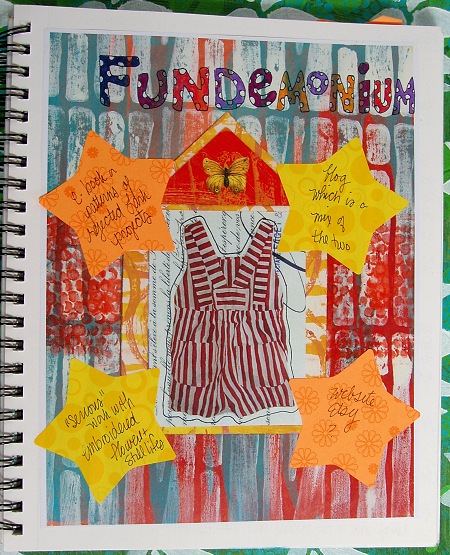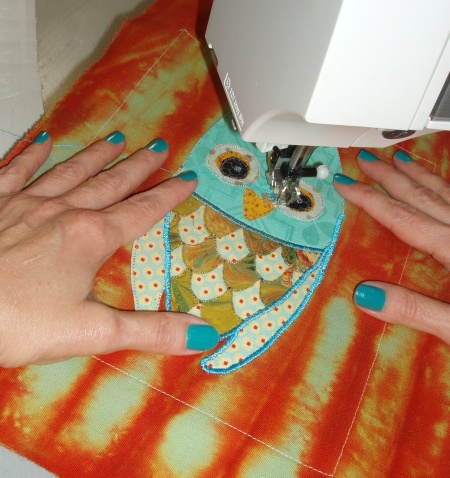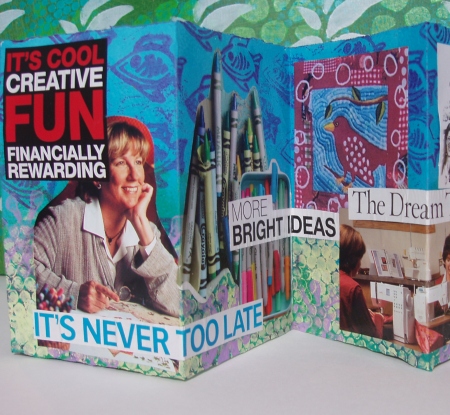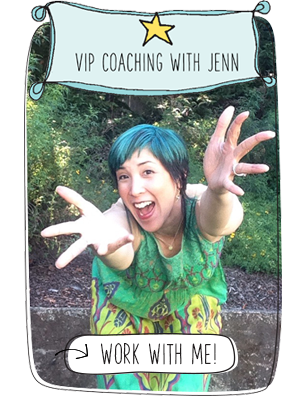Here is the last part of the Right-Brainers in Business Video Summit Q&A from the chat logs. Part 1 is here and Part 2 is here.
Q: How can you justify hiring people for things you’re not good at (e.g. accountant, etc) when you’re not really making money yet?
A: This can certainly feel like a chicken and egg situation. Here are a few ways to look at this. First, prioritize who you hire. Right out of the gate I chose to invest in an accountant because you can’t avoid taxes and I wanted to make sure they were getting done right. He also helped set up my Quickbooks. I didn’t hire a bookkeeper or virtual assistant until about three years into doing my business full-time, although, I could’ve probably invested in these services sooner. If you’re needing any legal assistance, hiring a lawyer is a good idea. I didn’t hire one until 2010, prior to that I made due with the less expensive LegalZoom.com and TMExpress.com. Also, realize that you do need to spend some money to make some money. For example, I hired Jeremie Miller to help with the webinar. It was an upfront cost, but I made that back and much more through doing the summit, and I couldn’t have done the summit without his expert involvement. So think of it as an investment if it’s toward something that can bring in a profit. If you need to hire someone but are short on funds, you can consider working with students, interns, or someone just getting started whose rates may be lower.
The next place to look is the statement about “not really making money yet.” Ask yourself what are some ways you can start bringing in money now, even if your business is brand new. If you know there’s someone you need to hire, set that amount (plus a little more) for an income goal. For example, when I knew I needed to hire a lawyer to help do some trademark work and agreements, I decided to run another e-course to help cover the costs.
Q: Do you and Kate Prentiss (your graphic designer) have a formal business agreement?
A: Yes, Kate and I create formal business agreements for our projects, typically a work for hire agreement (here’s an example of one) and a project estimate. For our first couple of projects we were a bit more casual, but now it’s helpful to be clear about expectations about deliverables, payments, ownership, etc. and to have it officially in writing. And we still make sure we keep lines of communication open if things are taking longer than anticipated.
Q: How do you balance working on your biz. with doing your own creative work? What is your daily schedule normally, Jenn? Your most creative time?
A: My business is a wonderful outlet for my creativity, so I feel like I get to express that in most of what I do. I’ve designed my work and my life to honor my creativity so I don’t necessarily feel like I have to balance between the two in that sense. For smaller, personal creative outlets, I enjoy taking pics on my iPhone, doing a doodle every know and then, and sometimes going to painting class.
In terms of my daily schedule, it actually varies day to day. You can read about my morning routine in Goddess Leonie’s How to be a Morning Goddess free Goddessfesto. During the late morning/afternoon I might coach, write, work on projects, or plan. I take breaks throughout the day. I’d say my most creative time is probably in the afternoon at about 3 or 4 and then sometimes in the very middle of the night. But then there are times I can be highly creative because I’ve just sat my butt down to do the work. And what helps with that is using the application Concentrate – it’s how I wrote my book!
Q: Do you do separate RBBP plans for different aspects of a business, like a book?
A: I have a Right-Brain Business Plan for my business and I did create separate pieces of an RBBP for my book because there were certain things like the business landscape and getting the word out that were more specific to the book. You can certainly do separate RBBPs for different aspects of your business. Instead of taking a deep dive on all of the sections, you might want to focus on the pieces of the plan that make the most sense. For example, the Business Landscape is a good exercise to do for different offerings to make sure you’re clear about what customer needs you’re meeting and how you can stand apart from your peers. You might have specific getting the word out and managing the moola goals, too.

